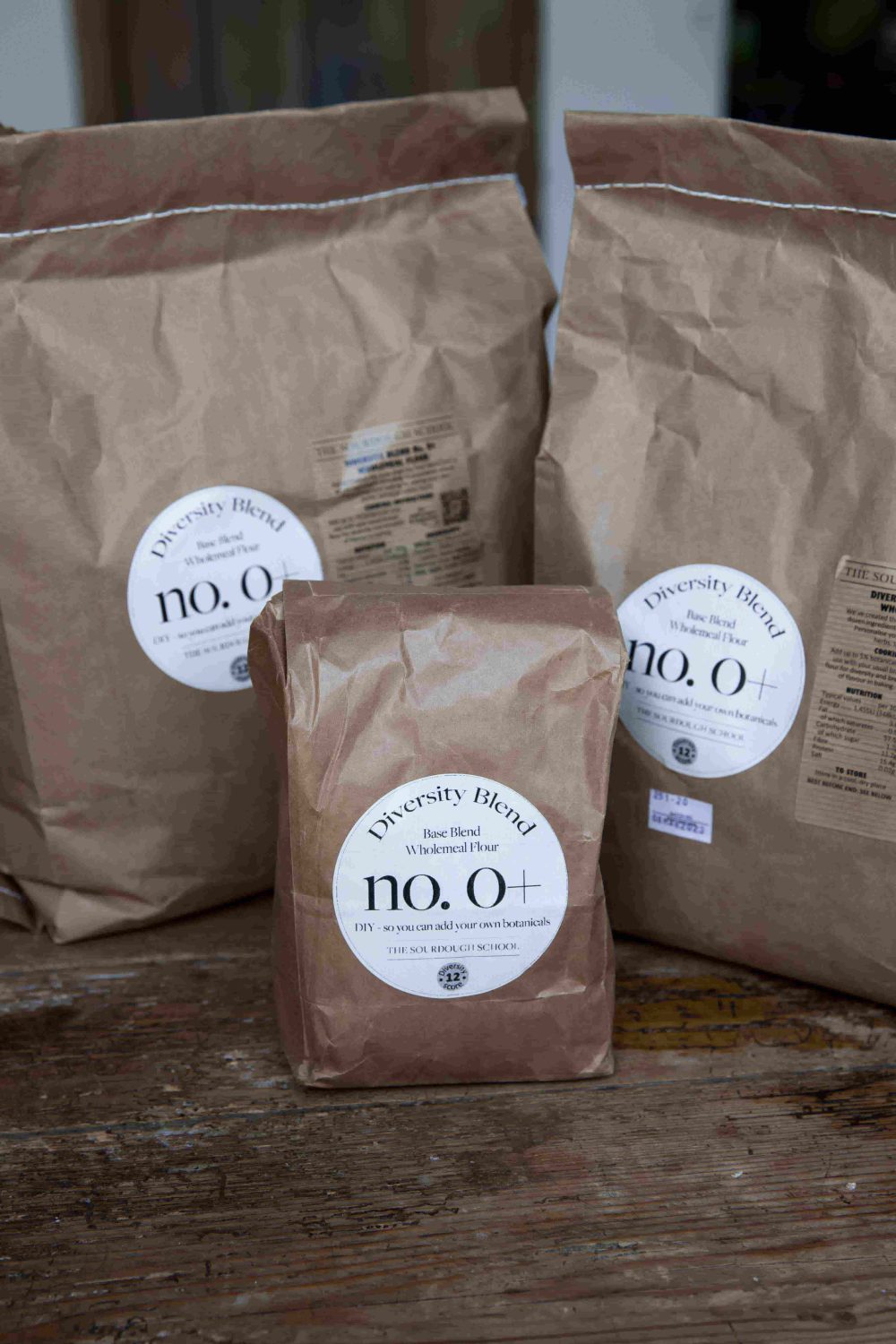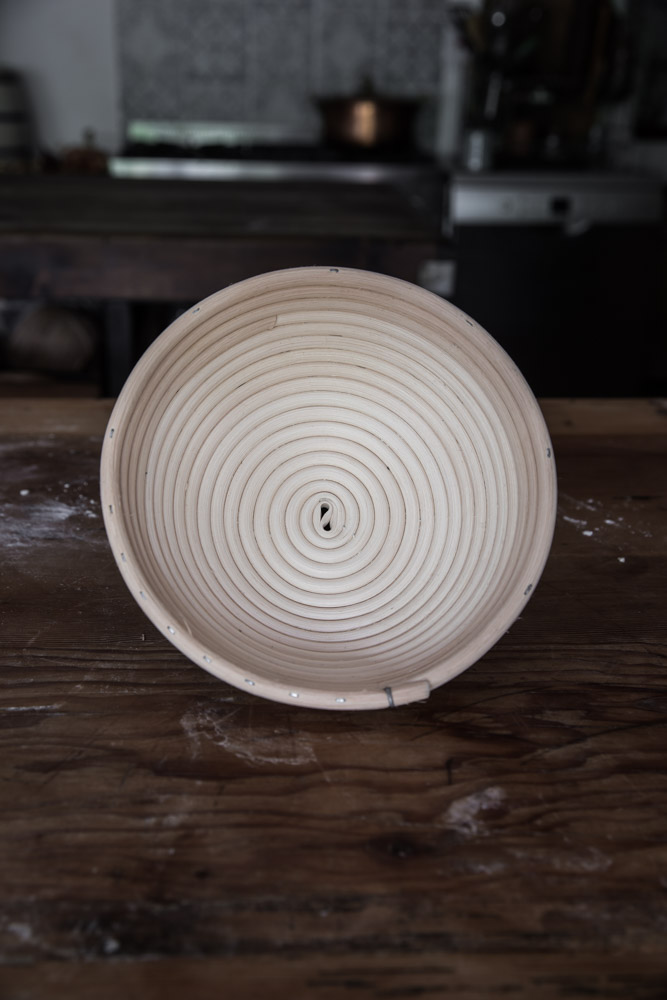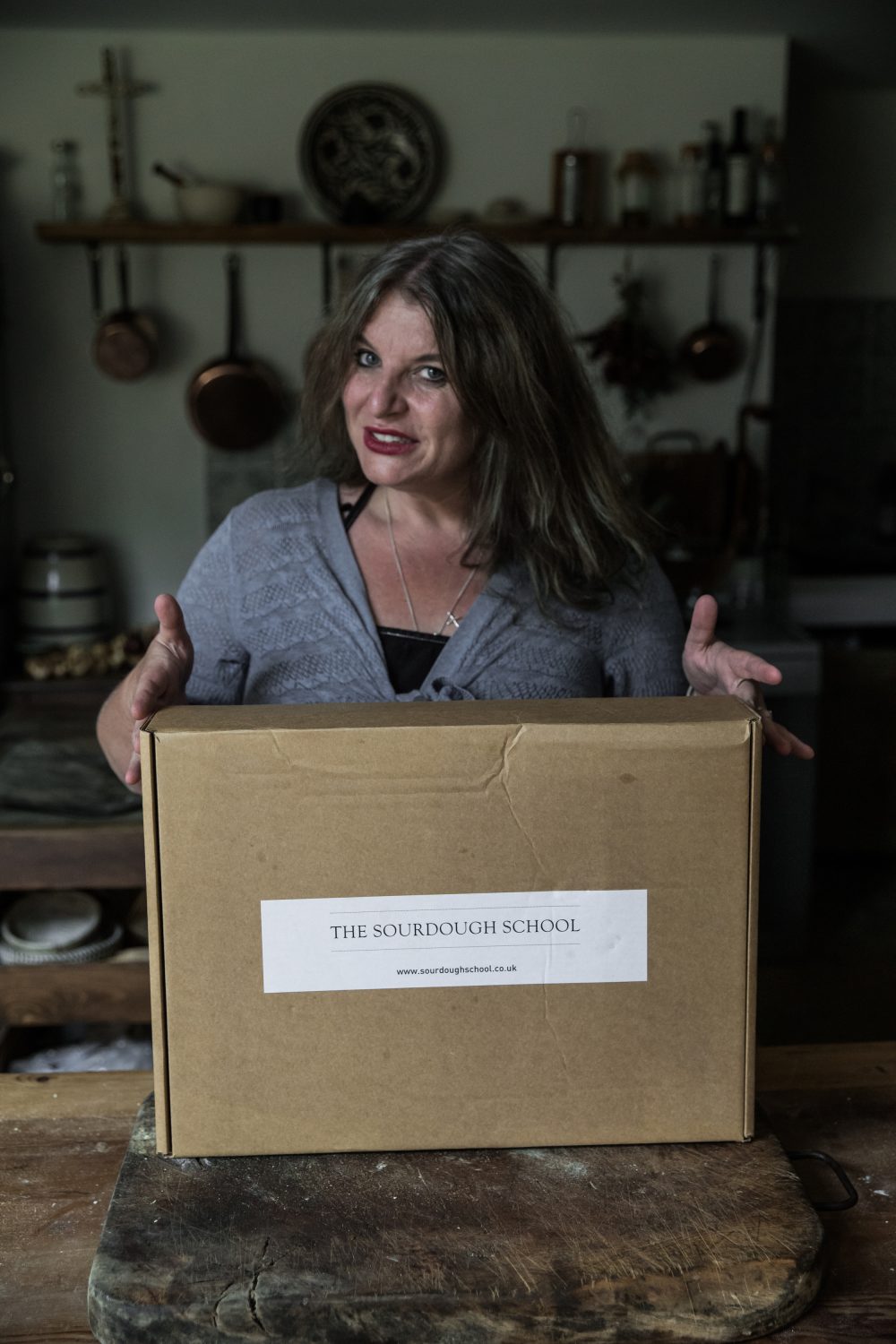What Is Autolyse?
Autolyse is a simple mixing rest that improves dough development in sourdough baking. During this stage, only flour and water are combined. The dough then rests before adding salt or sourdough starter. This pause allows enzymes in the flour to begin breaking down starches and proteins.
The result? A dough that’s easier to handle, with better gluten structure and improved flavour.
Why Use Autolyse?
Using an autolyse step can lead to several benefits:
- Better dough extensibility
- Improved crumb texture
- Enhanced flavour development
- Reduced kneading time
Gluten forms more easily during autolyse, so less mechanical work is needed. This gentle start to the baking process is especially useful when working with high-extraction or botanical blend flours.

How to Autolyse
The process is simple:
- Mix flour and water until fully combined.
- Cover the mixture and let it rest.
- After the resting period, add the starter and salt.
Autolyse times vary, usually between 20 minutes to 2 hours. The ideal length depends on the flour type and recipe.
Autolyse in Practice at The Sourdough School
At The Sourdough School, we explore autolyse in depth during our hands-on 3-day workshops and online courses. This step supports better gluten development when using diverse grains and wholegrain blends.
Students also learn how autolyse works with techniques like bassinage and bulk fermentation to optimise dough hydration and structure.
For those using our Proven Bread Subscription, autolyse forms part of the included lesson plans. This subscription offers slow-fermented, high-fibre loaves delivered with guided tuition on baking and gut health.
 Ash Content in Flour: What It Means for Sourdough Baking
Ash Content in Flour: What It Means for Sourdough Baking



